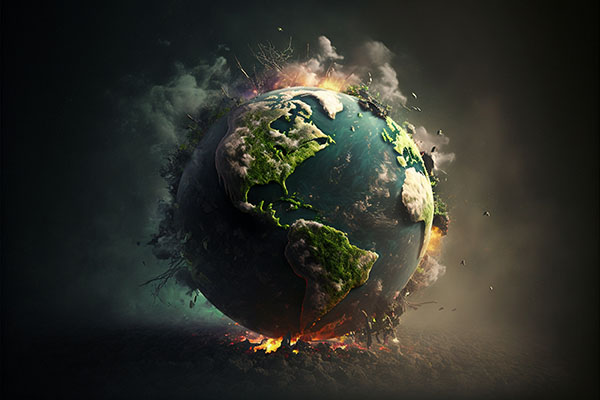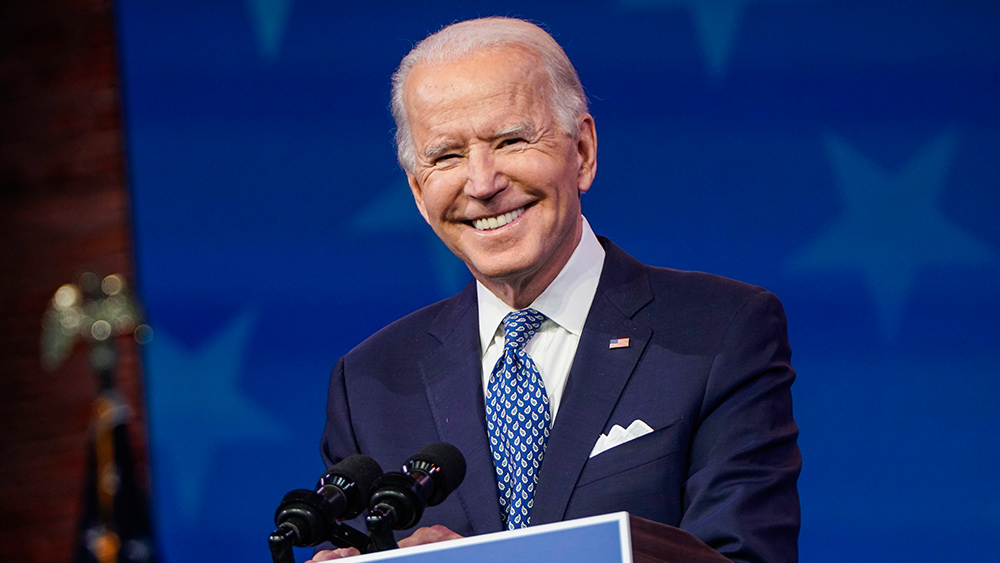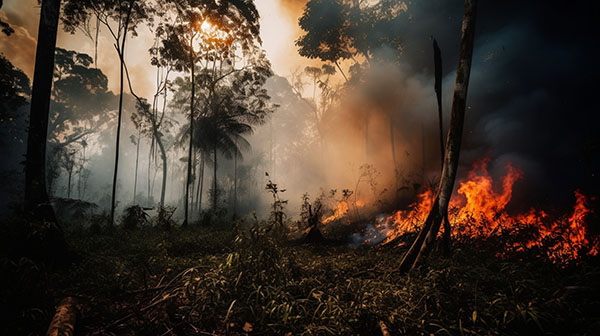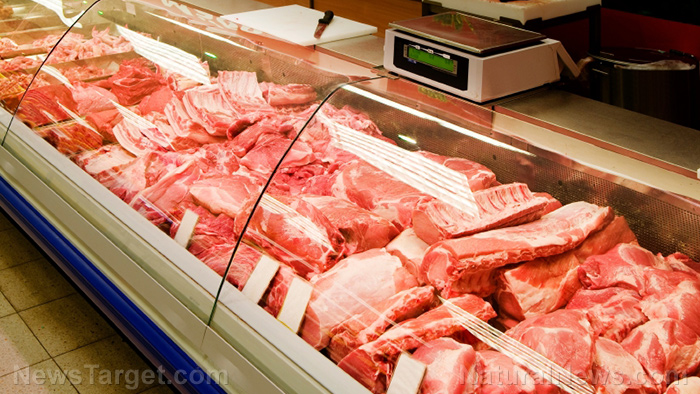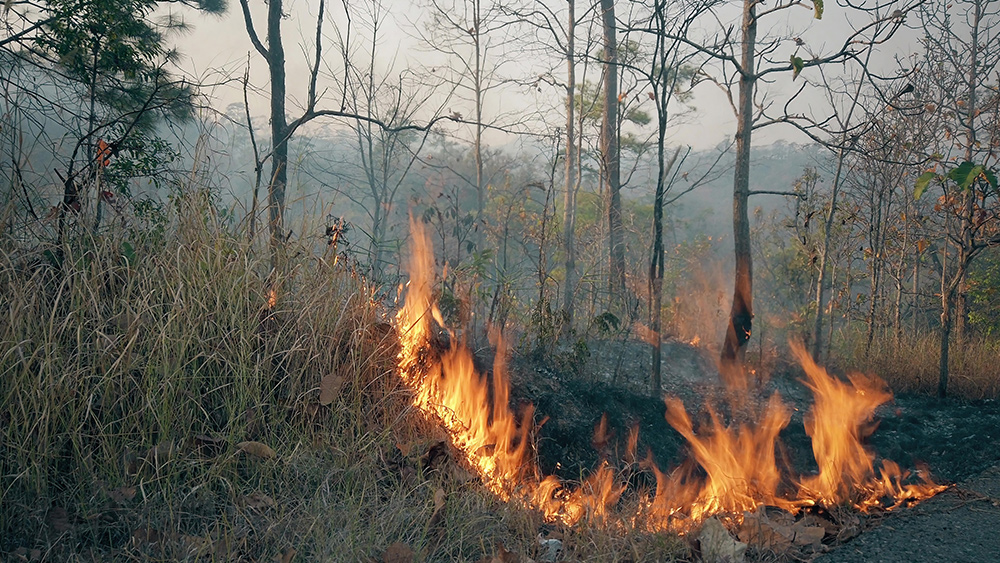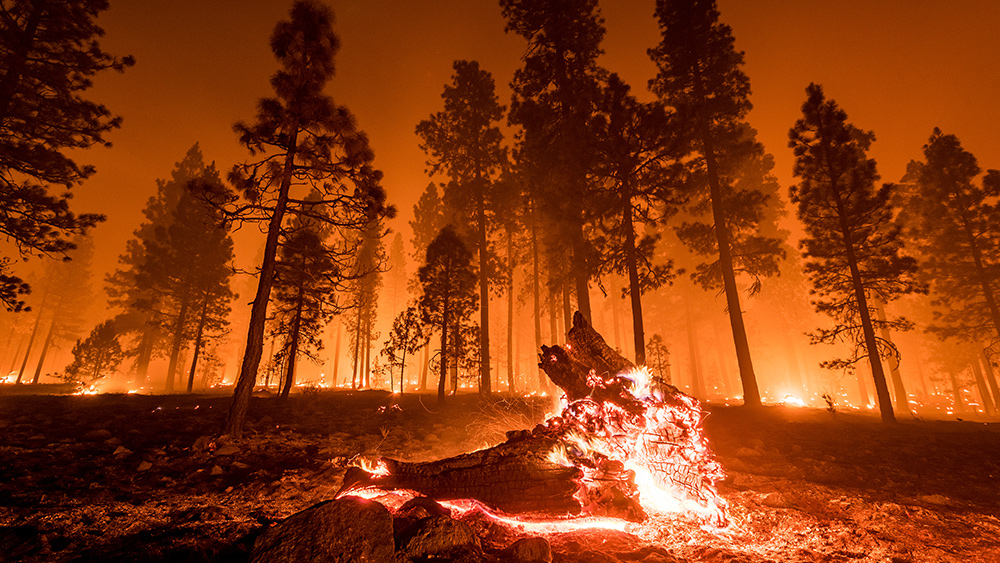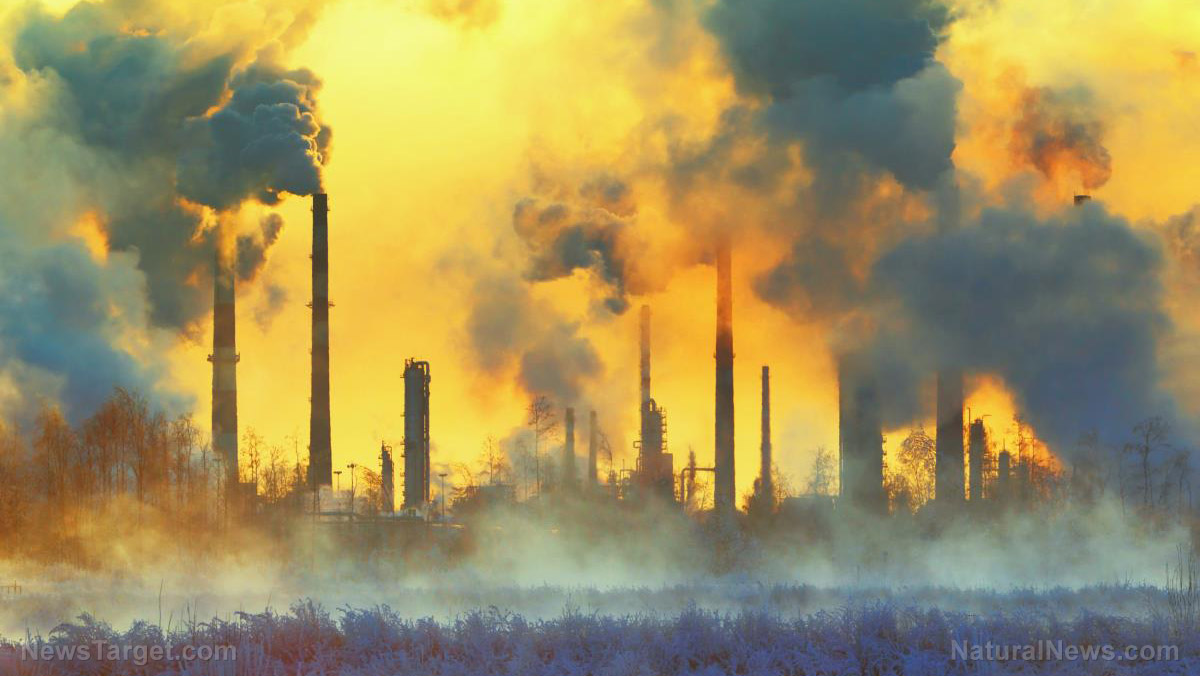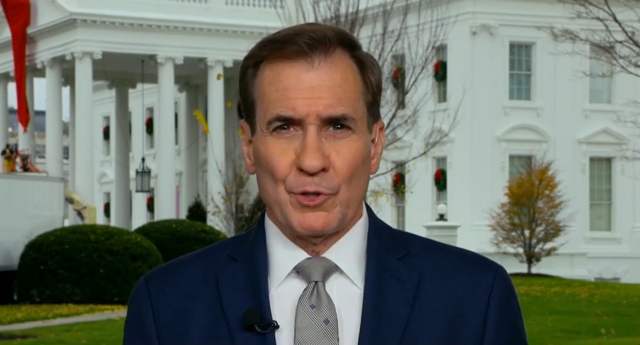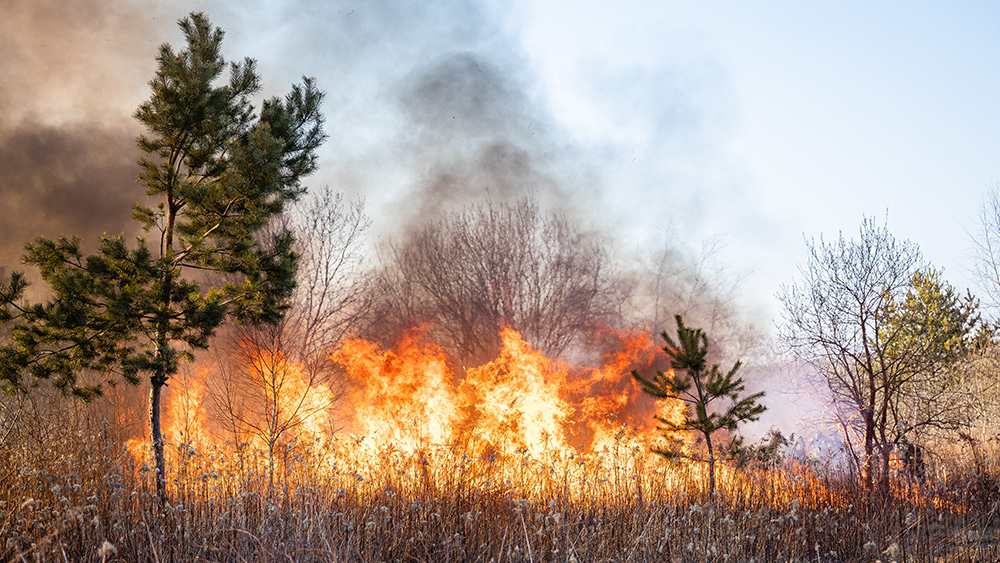Worsening DROUGHT creates “big mess” at Panama Canal; 200 ships stuck in major BOTTLENECK at one of world’s most important trading routes
08/23/2023 / By Ethan Huff
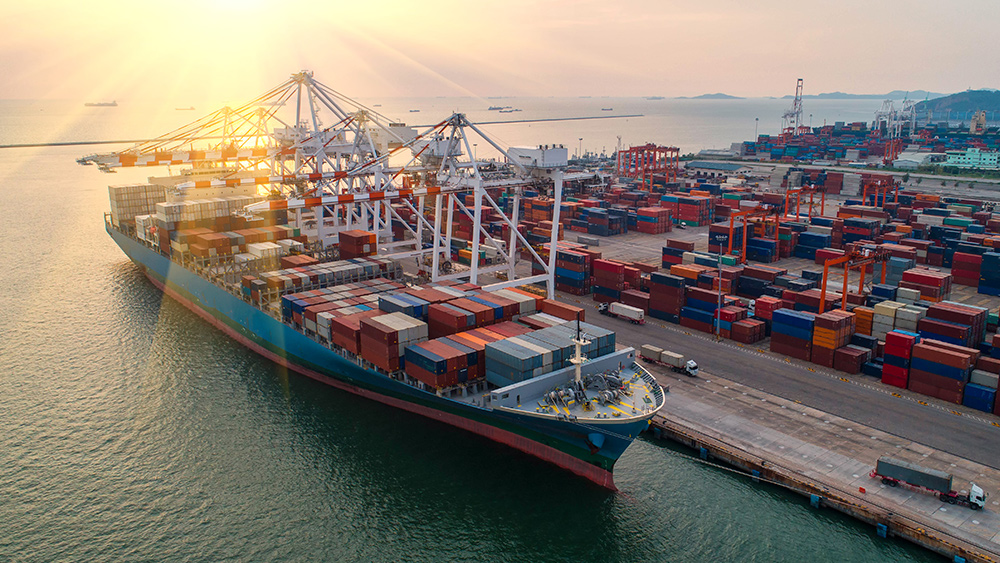
Ever-worsening drought conditions in Panama have created a major shipping bottleneck at the Panama Canal, which has a “parking lot of vessels” piling up on both sides with no end in sight.
Lack of water in the area has made it extra difficult for some ships to make it through one of the world’s most important trading routes. The Wall Street Journal is reporting as many as 200 vessels that are “currently waiting to transit, a figure that has been climbing since the canal capped daily transits to 32 last month from an average 36 under normal conditions.”
Some ships, according to the Journal have been waiting “more than 20 days” to pass through the Panama Canal, which has forced some carriers to completely reroute because they know there is little chance of passing any time soon.
“The delays are changing by the day,” commented Tim Hansen, chief commercial officer at Dorian LPG, which operates more than 20 large liquid natural gas carriers. “Once you make a decision to go, there is no point to return or deviate, so you can get stuck.”
(Related: The Wuhan coronavirus [COVID-19] got the ball rolling in collapsing the global economy, and it is still in the process of collapsing today.)
Climate fanatics blame global warming for Central America’s normal, water-deprived El Niño weather patterns
The Panama Canal, in case you are unfamiliar with how it works, is fed by two nearby lakes, one of them being Lake Gatun. Lack of rainfall has left Lake Gatun with extremely low water levels, which in turn means less water to facilitate the Panama Canal.
Because of this, the new draft restriction for safe passage is vessels that are no more than 44-feet, even though a 50-foot draft has long been considered average for safe passage through the Panama Canal under normal weather conditions.
The worst part about all of this is the fact that conditions are only expected to worsen as summer carries on and Lake Gatun’s water levels decrease even further, leaving the Panama Canal with even less water to facilitate the safe passage of shipping vessels.
This is not the first time, however, that draft limits have had to be drastically lowered at the Panama Canal. Both in 2016 and 2019, two major drought years, the draft limit was set as low as 43 feet.
Still, there was no “pandemic” at those times to take a big chunk out of the global supply chain. Even years after COVID has ended, the world is still reeling from all the restrictions that were enacted, which completely upended the global economy with lasting consequences.
Official data suggests that upwards of 6 percent of all global maritime traffic passes through the Panama Canal, with the United States, China and Japan being the primary countries that use it.
“Retailers and energy companies use the canal for extensive trade between China and the rest of Asia and the U.S.,” reports explain.
As usual, climate change fanatics are blaming global warming on the Panama Canal’s woes, even though it is normal El Niño weather patterns across much of Central America that are actually responsible.
“Just wait until they roll out the next COVID 2.0,” one commenter warned about what comes next. “The panic buying will happen. China will shut down again. There will be shortages on everything again.”
“I think they will do it. September starts with the masks. October, more masks and the start of the restrictions. By December, it will be everyone having to stay inside their homes. Will they do it?”
It will not be long before the global economy comes to a grinding halt. Learn more at Collapse.news.
Sources for this article include:
Submit a correction >>
Tagged Under:
bubble, Climate, Collapse, Drought, Ecology, economic riot, economy, environment, market crash, Panama Canal, shipping, ships, supply chain, supply chains, trade, trading route, weather terrorism
This article may contain statements that reflect the opinion of the author
RECENT NEWS & ARTICLES
COPYRIGHT © 2017 ECOLOGY NEWS

